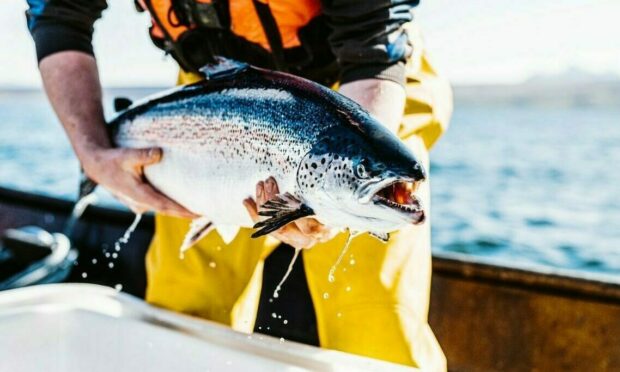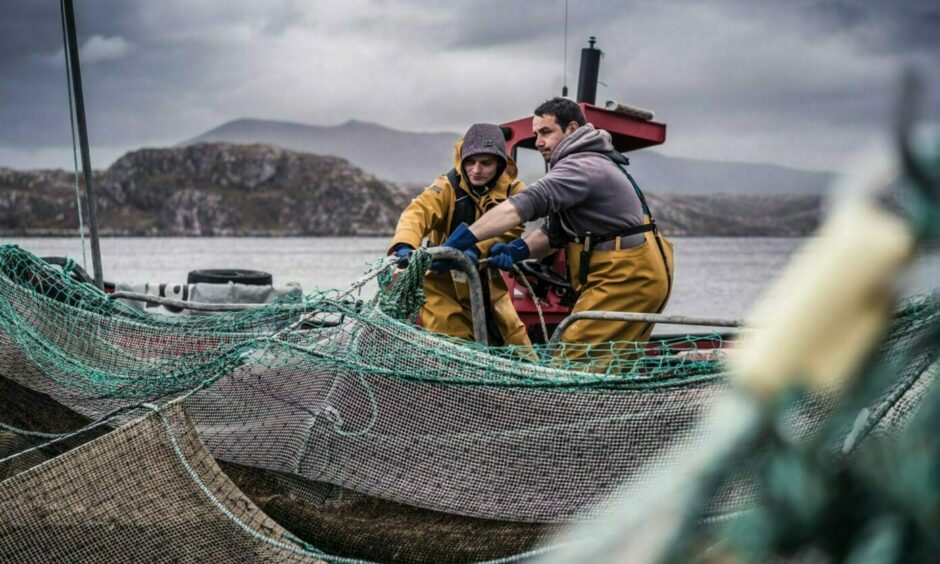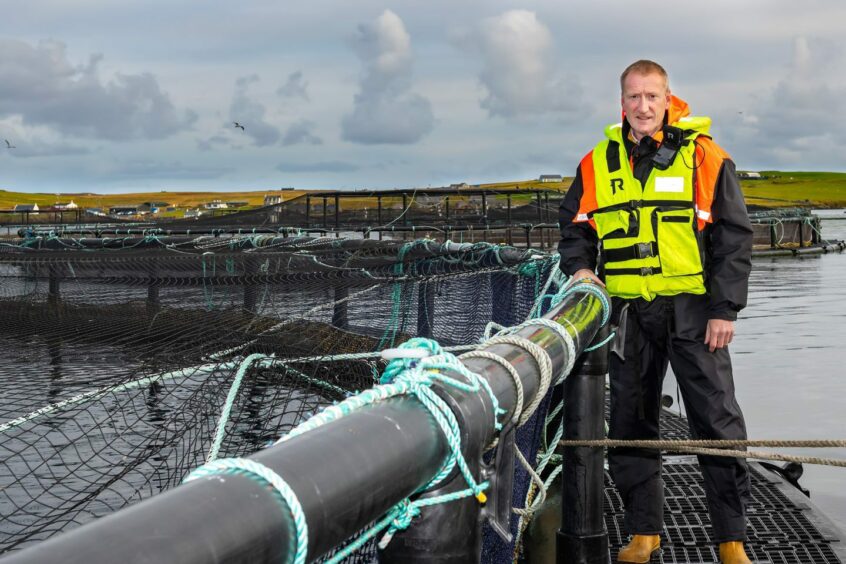Campaigners are calling for chefs to remove Scottish salmon from menus after claims the industry is “destroying” the environment.
UK charity WildFish (formerly known as Salmon & Trout Conservation), has launched its Off the Table campaign based on data it has collated, urging restaurants and chefs to take farmed salmon off the menu.
Citing what it notes is publicly-available information, the charity says data supplied to the Scottish Environment Agency (SEPA) and the Fish Health Inspectorate, show an industry that is “failing to control parasites and diseases” on its farms or maintain adequate conditions for keeping fish healthy (with average mortality rates of 24.1%).
WildFish says its report finds true lice burdens on many Scottish salmon farms are “likely being under-reported by the industry” and finds instances of farms avoiding reporting weekly average lice counts for up to one third of a production cycle.
It also finds multiple examples of fish being slaughtered from farms suffering from disease during prolonged periods of up to five months, with mortality rates significantly above the industry average (more than 50%).
Sea lice parasites proliferating in huge numbers”
WildFish Farmed Salmon campaign manager Matt Palmer
WildFish farmed salmon campaign manager and report author Matt Palmer said: “Our report paints a shocking picture of what is happening on salmon farms in Scotland – with one in four fish dying prematurely and sea lice parasites proliferating in huge numbers.
“This has a serious impact on the surrounding environment and wild fish populations – not to mention it being at odds with the image presented publicly by the salmon farming industry.”
WildFish’s campaign aims to raise awareness of the environmental, welfare and sustainability impacts of open-net salmon farming in Scotland in the catering and hospitality sectors.
The charity is calling on chefs and restaurants across the UK to pledge to remove farmed salmon from their menus.
Industry association Salmon Scotland however, has launched a furious riposte to WildFish’s claims, insisting the charity has a poor grasp of how farms operate.
Salmon Scotland chief executive Tavish Scott said: “WildFish have again made it clear they have little understanding of our business, despite our members remaining open to engaging directly with them.
WildFish has little understanding of our business”
Salmon Scotland chief executive Tavish Scott
“Respectfully, the organisation, its membership, and wild fish would be better served by them attending to the pressures of fishing for sport and other human-induced impacts affecting critical freshwater habitats.”
WildFish chief executive Nick Measham countered by insisting salmon farming is “destroying wild salmon, sea trout and the environment”.
He added: “This report demonstrates how inherently unsustainable open-net salmon farming is and highlights why our new campaign is calling on chefs and diners to take farmed salmon off the table.”



Conversation